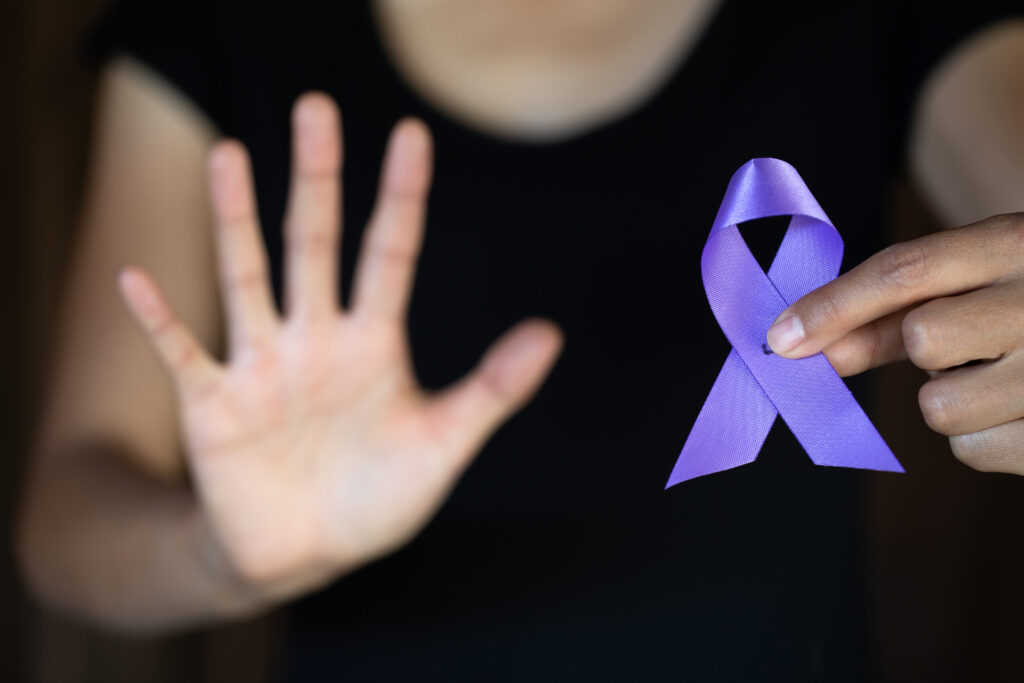Post-COVID-19 WIC Recruitment & Outreach Options April 15, 2020
Post-COVID-19 WIC Recruitment & Outreach Options April 15, 2020
WIC has experienced declining caseloads for many years which means that recruitment efforts must take a high priority. However, during these confusing times with the majority of WIC staff working from home, recruitment efforts have likely taken a backseat to providing vital services to existing participants.
A WIC Outreach and Survey Report indicated the most frequently used recruitment activities by Local Agencies are:
- Social Media (unpaid)
- Phone calls or text messages to previous participants who have not picked up checks
- Displays at community events
- Displays at community partners such as food banks and hospitals
- Building ongoing relationships with community partners.
Due to the Coronavirus Pandemic, unfortunately the last three Outreach options can’t be utilized leaving only unpaid Social Media and phone calls or text messages to previous participants. Agencies are limited to texting and calling previous participants because they don’t have phone numbers to non-participants.
One Call Now has the perfect solution to both advertise WIC services AND collect non-participant phone numbers.
ADVERTISE: One Call Now’s Text to Keyword is the perfect WIC recruitment tool. Your agency selects a unique Keyword such as #IM4WIC and then designs the automated reply received when someone texts that word to the special short code to learn more. Example Text Reply: WIC has great food benefits. See if you qualify at www.wicurl.com.
These Keywords can be placed on your Facebook Page and also posted on partner Facebook sites such as the local health department, charity sites, social service agencies, and other areas where people may be looking for information and help.
COLLECTING NON-PARTICIPANT PHONE #’S: Once somebody texts to your Keyword for more information, their phone number is automatically added to a special One Call Now subgroup. Each Keyword has its own special subgroup.
- Use different Keywords on different sites to learn which ones are drawing the most people.
- Once they text the Keyword you have access to the cell phone number where you may use your One Call Now service to send ad-hoc follow up messages in bulk or individually.
RETENTION: During these times, it’s also important to focus on maintaining the current caseload
As noted in the WIC Outreach and Survey Report “The two retention activities that agencies reported were most effective were texting participants and providing incentives. More specifically, the majority (54%) of state and local agencies said they saw an increase in retention as a result of texting participants”
One Call Now makes it easy for your agency to conduct various Text for Retention strategies either through automated messaging with secure and encrypted two-way chat/audio/video integration, weekly age appropriate breastfeeding texts, and ad-hoc correspondence (with two-way integration) from Peers and Clinic staff.
